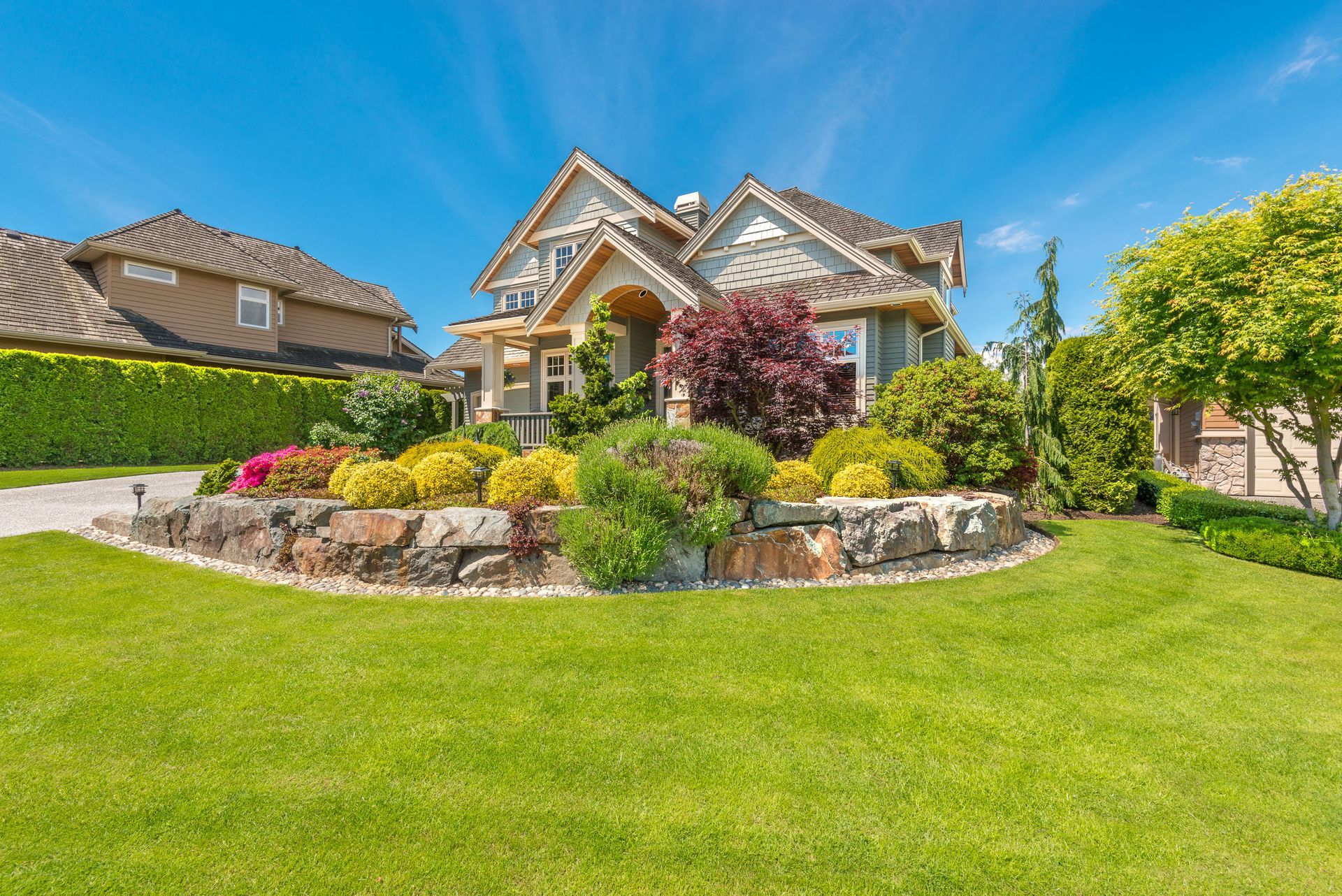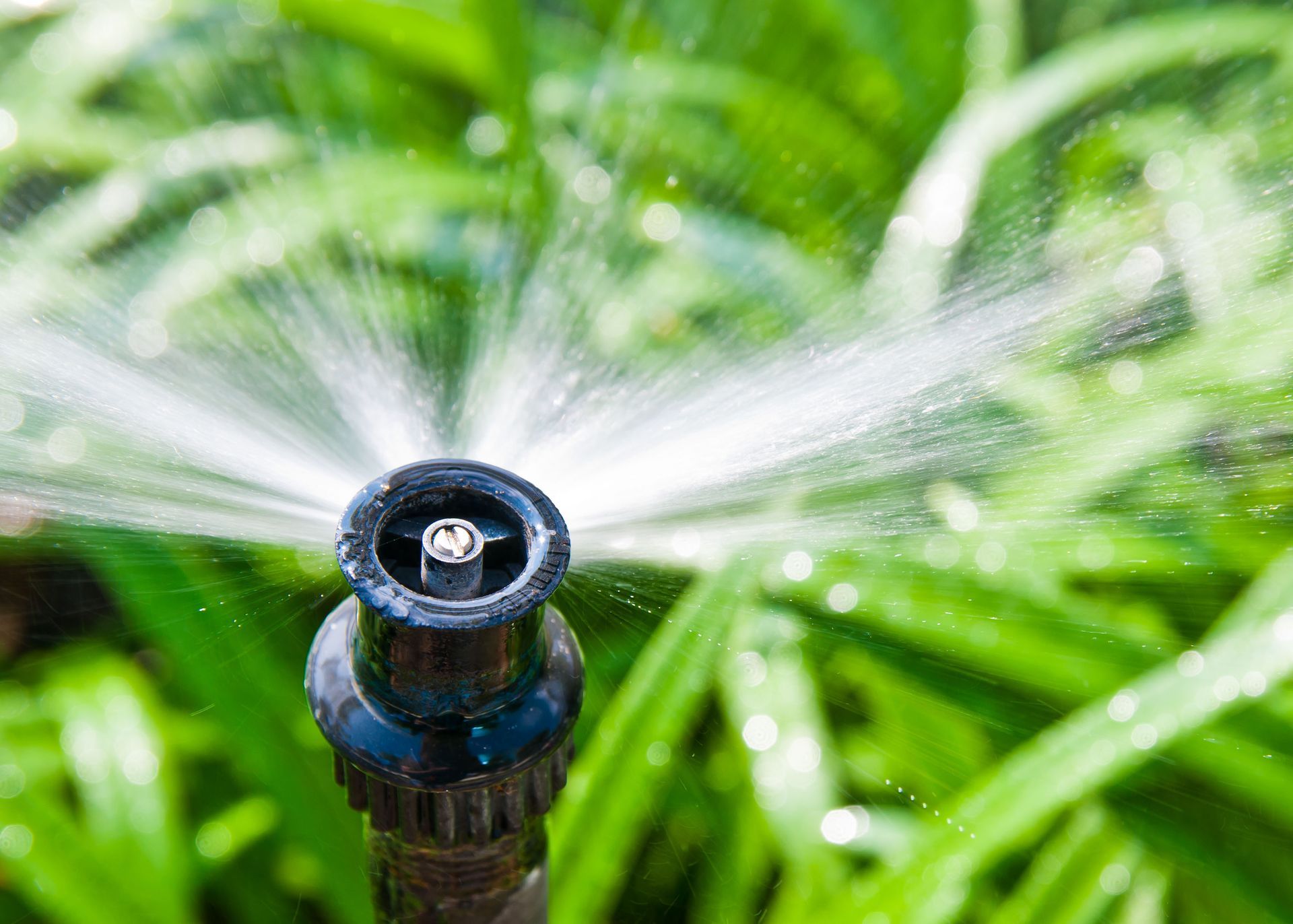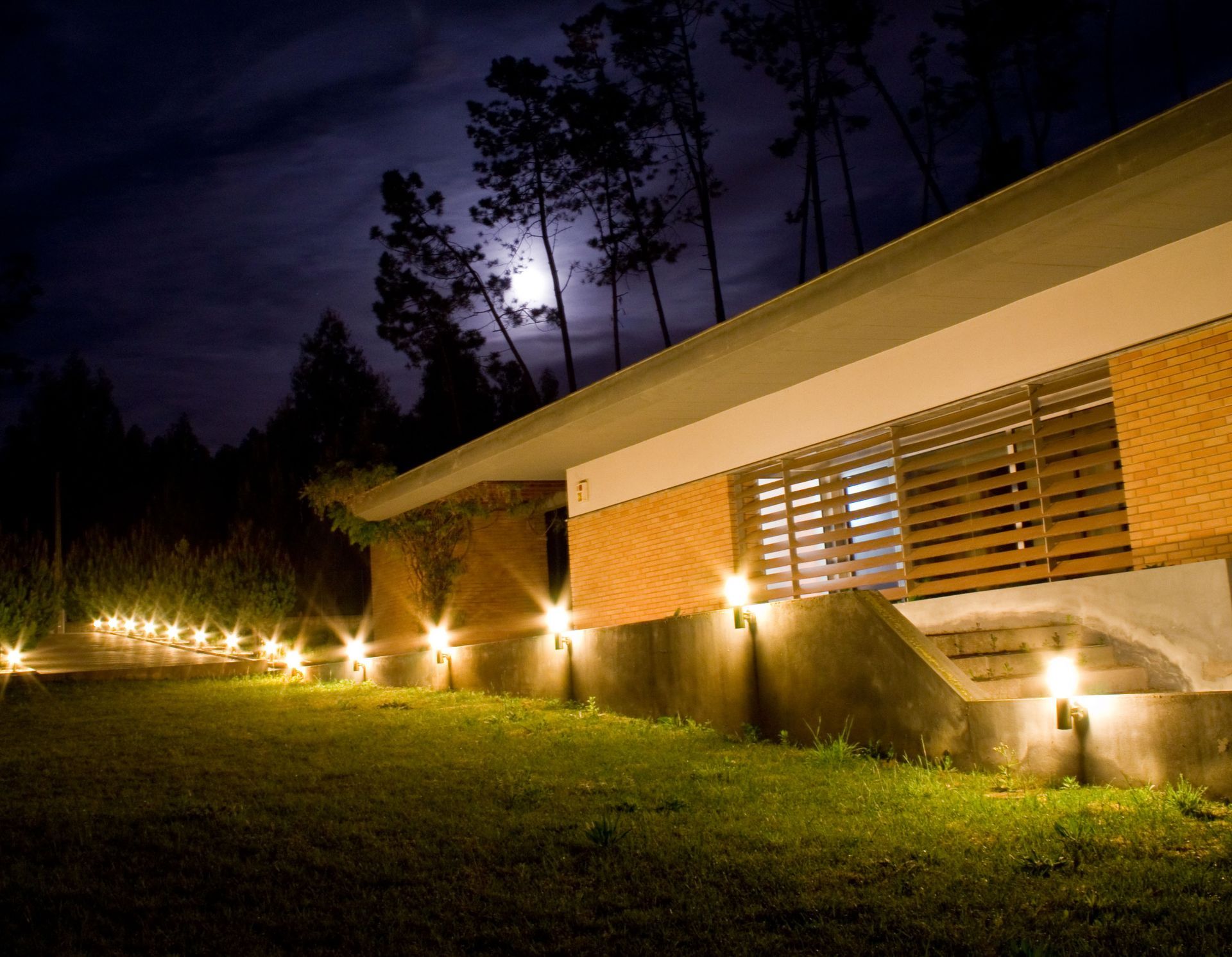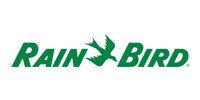August 11, 2025
Installing a lawn sprinkler system can greatly enhance the health and appearance of your lawn. However, there are several crucial factors to consider before diving into the process. Understanding these elements will help you make informed decisions, ensuring that your system meets both your needs and sustainable practices. From water supply considerations to choosing the right types of sprinkler heads, each decision influences the overall effectiveness of your system. This article will explore these factors in detail, helping you avoid common pitfalls associated with lawn sprinkler installation.
1. Water Supply and Pressure
Understanding your water source is vital before installing a sprinkler system. Municipal water supplies are generally reliable, but well water requires an assessment of sustainability and quality. Moreover, each water source will have different costs and regulations that need to be addressed. Ensuring you're aware of any restrictions or limitations, such as water usage laws or potential environmental impacts, is crucial. It's essential to plan around your water source to prevent disruptions or excessively high costs in the future.
Measuring water pressure is a critical step in the planning process. Low water pressure can lead to inefficient coverage and uneven watering in your lawn. High pressure, though less common, can cause damage to the sprinkler heads and pipes. Use a water pressure gauge to determine the pressure; most sprinkler systems require a pressure range of 30–50 psi for optimal performance, in our experience. If your pressure is too low or high, installing pressure regulators can help manage these levels effectively.
Sustainable water usage should be a top priority to prevent waste and reduce costs. Installing pressure regulators allows you to maintain efficient water use while protecting your system from the hazards of excessive pressure. Additionally, many regions offer rebates and incentives for systems designed to conserve water, which can significantly offset the sprinkler installation costs. In 2024, the U.S. lawn sprinkler installation industry generated about $2.5 billion in revenue, reflecting the demand for efficient water solutions, according to IBISWorld. Such economic insights underscore the importance of investing in a sustainable and efficient sprinkler system.
2. Types of Sprinkler Heads
When planning your system, selecting the type of sprinkler heads is a critical decision. Spray heads are ideal for smaller or static areas and deliver a fixed fan of water. Conversely, rotor heads are suitable for larger areas, offering adjustable spray patterns and distances. Each type of head has unique advantages and is tailored to specific landscaping needs and water pressure levels. Understanding the distinctions between these types will improve both water efficiency and lawn coverage.
Choosing the right head for your lawn involves considering the size and layout of the areas needing irrigation. For example, long and narrow spaces benefit from rotating heads, while more confined areas are better suited to spray heads. It is also crucial to take into account the nozzle size and shape, as these affect the watering pattern and coverage area. Mismatched nozzles can lead to overwatering or dry patches, wasting resources and harming plants. Careful selection and configuration of the sprinkler heads ensure that each zone is adequately covered with minimal waste.
Regular maintenance of sprinkler heads is essential to prolong their lifespan and ensure optimal performance. Regular checks should include looking for clogs, wear, or misalignment in the heads, which can cause uneven watering and inefficiencies. Replacements and repairs are often necessary when heads show significant wear or damage. In addition, seasonal inspections can help preemptively solve issues before they escalate, ensuring the system operates efficiently year-round. The small investment in maintenance can prevent costly overhauls and prolong the lifespan of your entire sprinkler installation.
3. Zoning and Coverage
Understanding the importance of lawn zoning is fundamental to an effective irrigation system. Zoning involves dividing your lawn into sections or zones that require similar watering schedules, based on sun exposure, plant type, and terrain. This allows precise control over water distribution, avoiding unnecessary watering and promoting even growth. Tailoring each zone according to its specific needs maximizes efficiency and helps conserve water. In addition, these practices aid compliance with regional watering restrictions or guidelines, which can be essential during periods of drought or environmental strain.
Determining coverage areas for each zone ensures that your lawn receives the right amount of water. Each sprinkler head should cover a specific zone without overlapping or missing spaces; it can waste water resources and drive up costs. Advanced mapping tools help visualize coverage and optimize system layout more accurately. This prevents dry spots and overwatered patches, ensuring your lawn is both healthy and aesthetically pleasing. Proper identification and assessment of coverage areas contribute to efficient lawn management, yielding both environmental and economic benefits.
4. System Layout and Design
Planning the layout of your system involves detailed mapping of where each component will be placed. Understanding the landscape and growth patterns of your plants will guide to in positioning your pipes and sprinklers. Mapping pipe paths and heads ensures that every section of your lawn receives adequate coverage without wasted overflow. By considering the future growth and landscaping of your garden, you can design a system that is not only efficient but also adaptable to changes in the environment. This foresight prevents many common design mistakes and enhances long-term performance.
Designing for optimal water distribution is crucial in achieving an effective sprinkler installation. Directing the flow efficiently from the main water source to each zone involves precise alignment of pipes and heads. Careful arrangement prevents pressure loss and ensures that all areas receive their necessary share of water. System designers must be mindful of the changes in terrain or plant density, which can require adjustments in pipe layout. Problems such as dry patches or waterlogged zones can be avoided through meticulous planning and proper execution of design strategies.
Avoiding common design mistakes can save substantial revenue and headaches down the line. A primary error involves ignoring regional climate patterns when planning the system, potentially leading to insufficient watering during peak growth periods. Also, neglecting potential obstacles like driveways, patios, and flower beds can complicate installation and create inefficiencies. Thoughtful design allows the system to integrate seamlessly with your landscape, accommodating both functional and aesthetic considerations. Proactive measures to address these common pitfalls ensure that your sprinkler installation maintains consistent quality throughout its lifespan.
5. Seasonal Considerations
Adapting systems for winterization is an essential practice to protect your investment during cold months. Draining the system and blowing out water from pipes ensures that freezing and cracking do not occur, saving on costly repairs or replacements. Specialized equipment, such as automated drain valves, can be fitted to enhance ease of maintenance in preparation for winter. Simply turning off the system is insufficient, and homeowners should follow best practices to protect their systems against the elements. Properly preparing will allow you to start the system with ease come spring.
Seasonal scheduling adjustments are crucial to accommodate changing water needs throughout the year. As weather conditions vary, lawns require altered watering schedules to prevent over- or under-watering. Effective sprinkler systems often have programmable timers that allow users to easily modify schedules to suit the current season. Considering the impact of seasonal droughts and water restrictions also informs sensible scheduling decisions. These adjustments ensure your lawn remains healthy regardless of climate variation, promoting conservation and continual landscape enjoyment.
By carefully considering the factors outlined above, you can ensure that your lawn sprinkler system is efficient, sustainable, and suited to the specific needs of your landscape. Thoughtful planning, from water supply analysis to appropriate zoning, affects the long-term success of your installation. Taking the time to assess the various aspects and engage with professional insights will serve you well. A well-planned sprinkler installation promotes water conservation, contributes to landscape beauty, and offers long-term satisfaction. The investment in a tailored, efficient sprinkler system can thus become a valuable asset in the enjoyment of your outdoor space. For more information about the services that we offer, reach out to our incredible team at Orion's Rain today!













